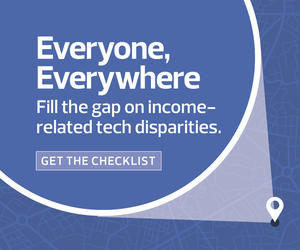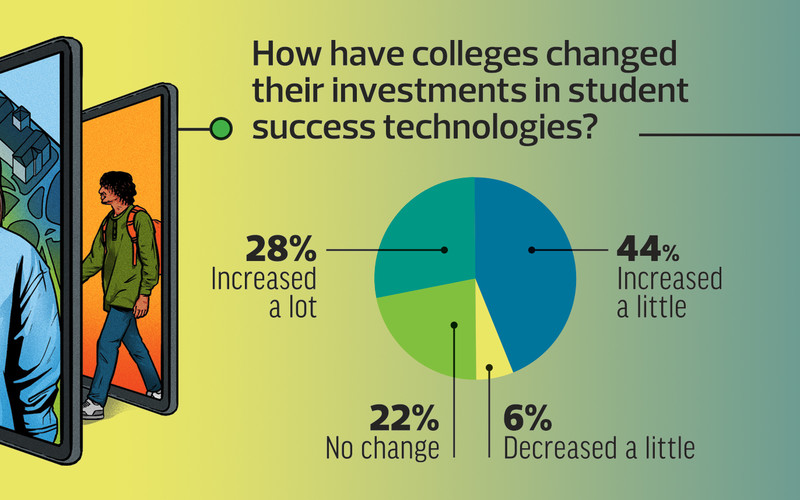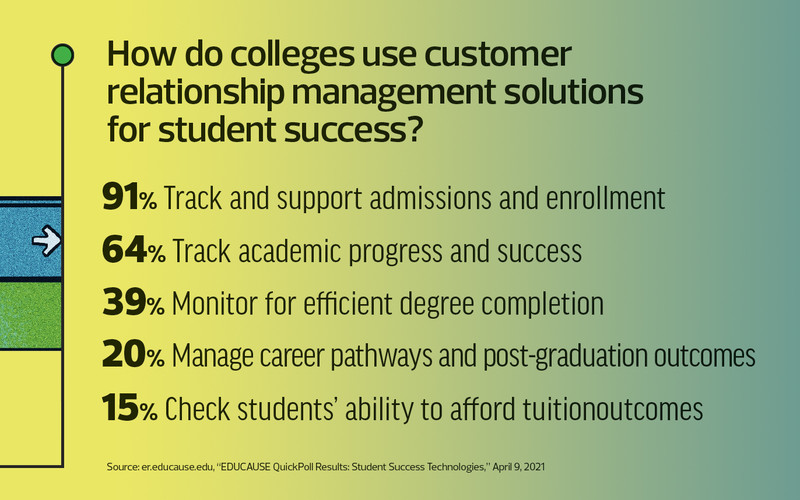Covering the Technology Basics for Student Success
Access to broadband and computers is, of course, an essential factor in student success. As the pandemic forced institutions to go fully or partially online, it put a spotlight on at-risk students, especially low-income students who lacked devices, computers and internet access.
An EDUCAUSE survey from fall 2020 found that many students struggled to get reliable connectivity, including almost half of students living on campus. Nearly all students had access to computing devices, but not every student had a device with enough processing power or memory for their coursework, says Pelletier.
In response, many institutions beefed up campus Wi-Fi and offered laptop lending programs. For example, UConn’s library and student support services both offered laptops to students, Starke says. Students could access free campus Wi-Fi, but UConn also provided off-campus students with information on service providers offering free and reduced-cost broadband during the pandemic.
The university also developed online training modules to teach students how to use learning management systems and videoconferencing tools, such as Cisco Webex, Microsoft Teams and Google Meet.
“It wasn’t just laptops but how to effectively use online tools for their classes,” Starke says. “We wanted to reduce reasons, technologywise, as to why students couldn’t attend class.”
MORE ON EDTECH: Bridge the technology knowledge gap in higher ed.
Supporting Student Retention With Data-Informed Interventions
Data analytics is often central to student success initiatives. Many institutions have invested in CRM software that aggregates student data from across the student lifecycle, from admissions to alumni, and lets staff monitor student performance, communicate with students and track interactions.
“CRM can enable a whole-picture view of students and is intended for multiple stakeholders to use, whether it’s the financial aid office, advisers or career counselors,” Pelletier says. “Through predictive analytics, they can intervene before a student missteps.”
Universities use a variety of technologies to achieve this functionality. UConn developed an in-house software suite, Nexus, that integrates student data, provides advising and tutoring features, and uses early intervention to identify and communicate with at-risk students.
The University of Kentucky uses an SAP HANA enterprise data warehouse that gathers student data from 40 applications and databases. Then, with Tableau’s business intelligence and data visualization tool, staff can analyze the data and identify students who may need support.
















